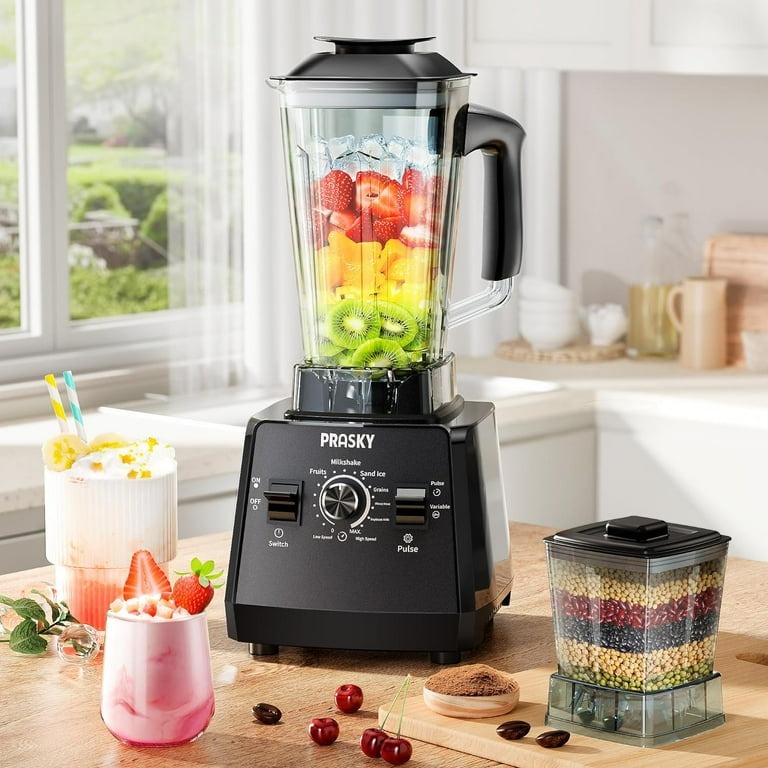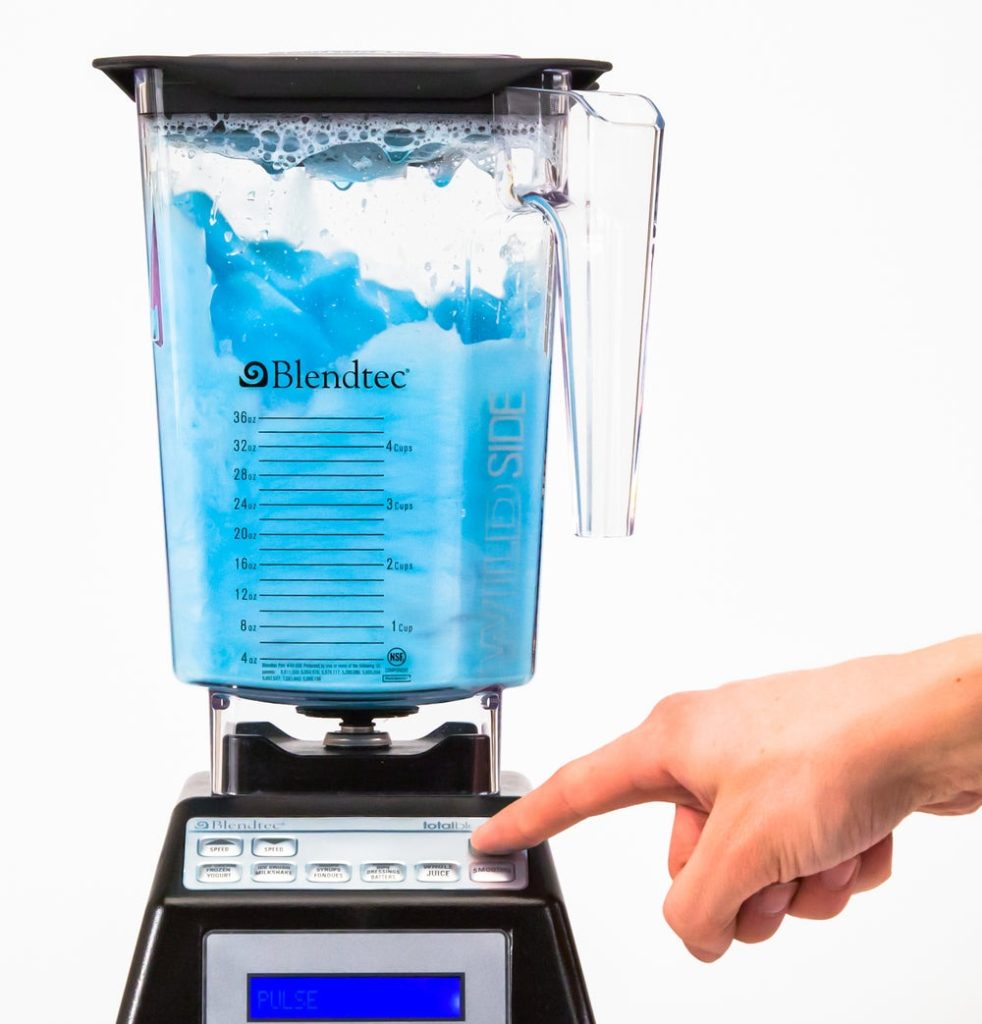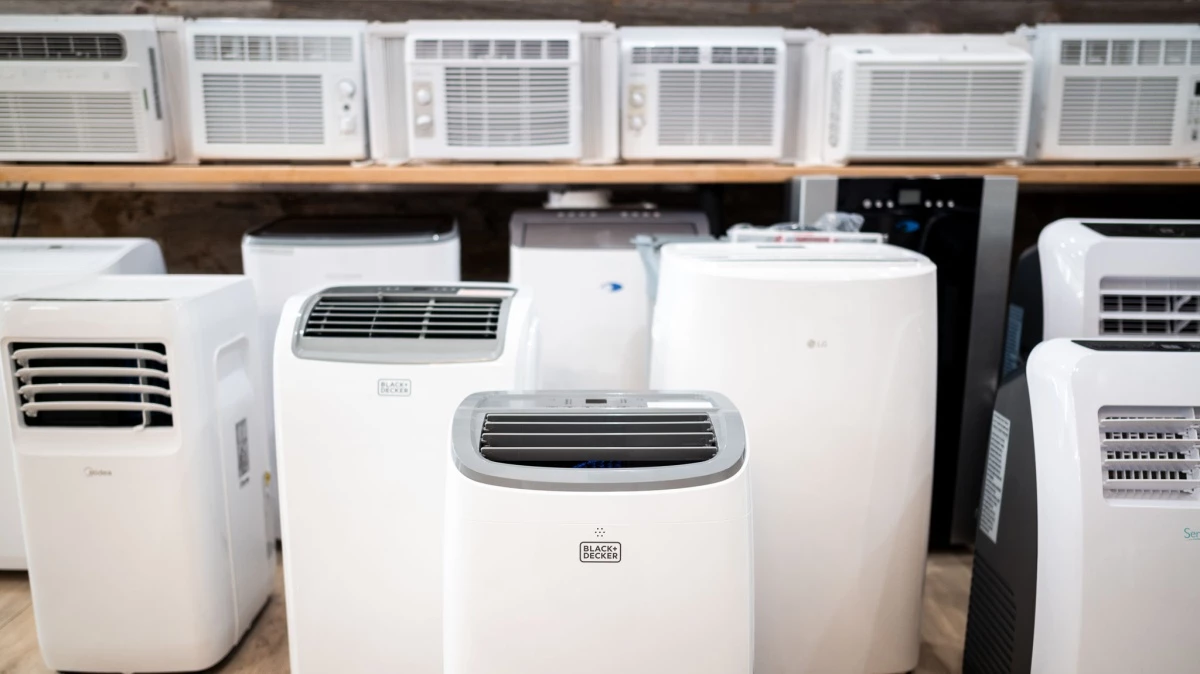

In every modern kitchen, the humble blender has emerged from niche appliance status to become a cornerstone of daily preparation — transforming how we approach smoothies, soups, sauces, and so much more. With just a few simple ingredients added to its jar, the blender works its magic: pulverising, liquifying, and integrating components that would otherwise require multiple tools or manual effort. In doing so, it enables creativity, convenience, and efficiency.
Yet, not all blenders are created equal. The difference between a good-enough model and a true, high-performance appliance lies in more than just brand name or price tag. As you’ll see in this guide, aspects such as motor power, jar design, blade quality, ease of cleaning, and versatility make a world of difference in real-world usage — from whipping up a frozen fruit smoothie in under a minute, to crafting a silky-smooth soup from scratch, to turning nuts into butter.
Moreover, buying a blender is not just about the “one task” you envision today (say, smoothies). It’s about anticipating how you’ll use it months and years from now: Will you want to crush ice? Make nut butters? Blend fibrous greens? Make hot soups? Each of those use cases places different demands on the machine.
Why a good blender matters
A blender is one of those kitchen appliances that, when done well, quietly becomes essential. It can handle tasks from smoothies and frozen drinks to hot soups, sauces, nut butters, and even dough in some cases. According to review sites, it’s not just about raw power—it’s about versatility, consistency, durability and ease of cleaning. If you pick a weak or poorly built blender, you’ll run into issues like:
- chunky smoothies when you expected creamy,
- struggling with frozen fruit or ice,
- difficulty cleaning,
- motor overheating or appliance breaking down earlier than expected.
By contrast, a top-tier blender will work reliably for years and let you broaden what you make in the kitchen.
What to look for in a blender
Here are the key criteria to evaluate, backed by expert insights:
1. Motor power & performance
Power is significant. Strong motors manage tougher jobs—crushing ice, blending fibrous greens, making nut butter. For instance, testers at RTINGS found that their best-tested blender had about 1,640 W of power and handled large batches smoothly.
2. Jar size, shape & material
- Size: Larger jars (e.g., 64 oz) are great for families or batch prep; smaller jars better for single-serving.
- Shape: Narrow tall jars sometimes offer better vortex blending (pulls ingredients into the blades) and can handle smaller batches more effectively.
- Material: Glass jars resist stains/odours but are heavier and may break. Plastic is lighter but can scratch or retain odours.
3. Blade design and durability
Quality blades matter. Sharp stainless steel blades handle tougher ingredients; weaker blades may leave chunks. The design of how the blade and jar create a vortex is also key.
4. Controls & presets
- Variable speed dials give you flexibility (slow for sauces/emulsions, fast for smoothies/ice).
- Preset programs can simplify one-touch tasks (smoothie, soup, frozen drink). Some reviewers note that while presets are convenient, manual control is still valuable for more advanced users.
5. Noise, ease of cleaning & stability
- Blenders can be loud; some high-end models manage noise better.
- Cleaning‐friendly design (dishwasher safe parts, easy jar shape) saves time and frustration.
- Stability: A good blender won’t shake or wobble under load; that’s both practical and safer.
6. Versatility & long-term value
Consider how many types of tasks you’ll ask of your blender: just smoothies? Or also nut butters, soups, frozen desserts, and chopping? Many reviews recommend spending a bit more for a blender that “does everything well” rather than one that excels only at smoothies.
7. Budget and durability
Remember: A high-quality blender is an investment. While there are good budget models, top-end units may offer significantly more durability, power, and functionality. One Reddit user put it simply:
“The best blender I’ve ever owned is a Vitamix. It will make purees that are restaurant quality.”
Recommended models and segments
While I’m not listing a full product carousel here, I’ll highlight a few standout models to illustrate what to aim for across budgets:
- The Vitamix 5200: Widely cited as “best overall” for many users—durable, powerful, and versatile.
- Mid-range: The Vitamix Explorian E310 offers strong performance at a lower cost.
- Budget / personal use: Smaller or less costly blenders that do well for smoothies and everyday tasks—but may struggle with the tougher blends.
How to decide which blender is right for you
Here are some questions to ask yourself:
- What will you mostly use it for?
- If mostly smoothies and shakes, you might get by with less power.
- If soups, nut butters, frozen desserts: you’ll want higher power and capacity.
- If mostly smoothies and shakes, you might get by with less power.
- How many people/batch size?
- Single user or couple: a smaller jar may suffice.
- Family or batch prep: a larger jar (64 oz or more) is practical.
- Single user or couple: a smaller jar may suffice.
- Kitchen space and storage?
- High-end blenders can be tall/bulky. Make sure it fits under cabinets and stores well.
- High-end blenders can be tall/bulky. Make sure it fits under cabinets and stores well.
- Noise tolerance and cleaning convenience?
- If you live in an apartment or dislike loud appliances, consider blender motors known for quieter operation.
- If you hate cleaning, look for dishwasher-safe parts, easy-access jar/blade.
- If you live in an apartment or dislike loud appliances, consider blender motors known for quieter operation.
- Budget vs long-term value?
- If you use it often and for varied tasks, spending more makes sense.
- If you’ll use it only occasionally, a mid-budget option may suffice.
- If you use it often and for varied tasks, spending more makes sense.
- Brand, warranty and service
- Established brands may offer longer warranties and better support.
- Replacement parts, good customer service, and durability factor in.
- Established brands may offer longer warranties and better support.
Common pitfalls and what to avoid
- Choosing only by price and regretting it when it struggles with tougher blends (ice, fibrous veggies).
- Ignoring jar size and assuming “bigger is better” — but too big can be inefficient for small tasks and harder to clean.
- Overlooking blade quality and jar shape, even a strong motor won’t help if the jar design doesn’t create a good vortex.
- Forgetting noise and vibration – a blender vibrating strongly on your countertop can be annoying and less stable.
- Ignoring cleaning convenience, if you dread cleaning it, you’ll avoid using it.
My conclusion
If I had to pick one “best single blender” recommendation for most people, it would be one of the higher‐tier models like the Vitamix 5200—because it offers the best balance of performance, durability, and versatility. For those with tighter budgets or simpler needs, opting for a mid-range model that still offers strong performance (good motor, good jar/branding) is a solid strategy. The extra investment often pays off if you use it frequently and across many types of recipes.
When you buy, be realistic about your usage, kitchen space, and how much you’ll use blender tasks beyond smoothies. That way, you’ll pick a model you’ll be happy with for years, rather than replacing one that fell short.


